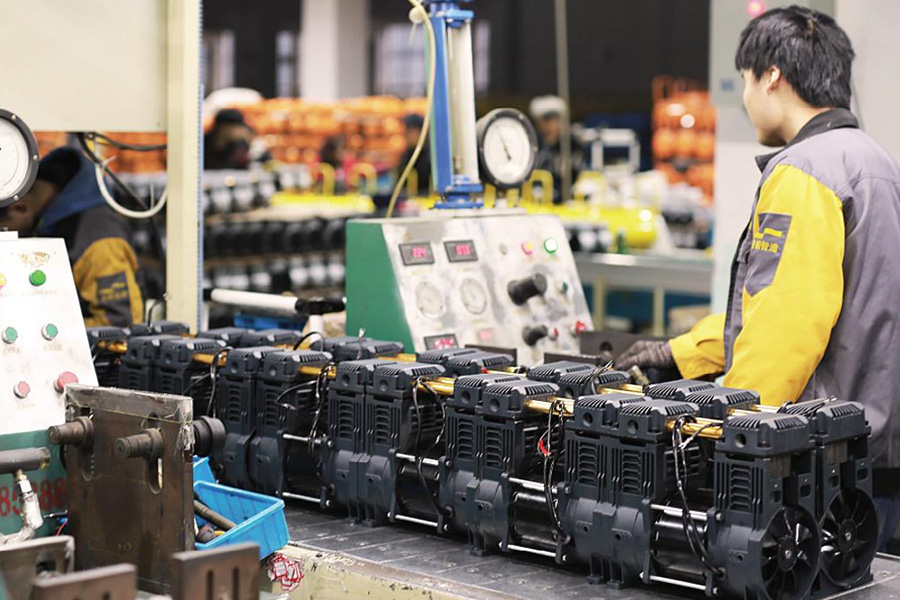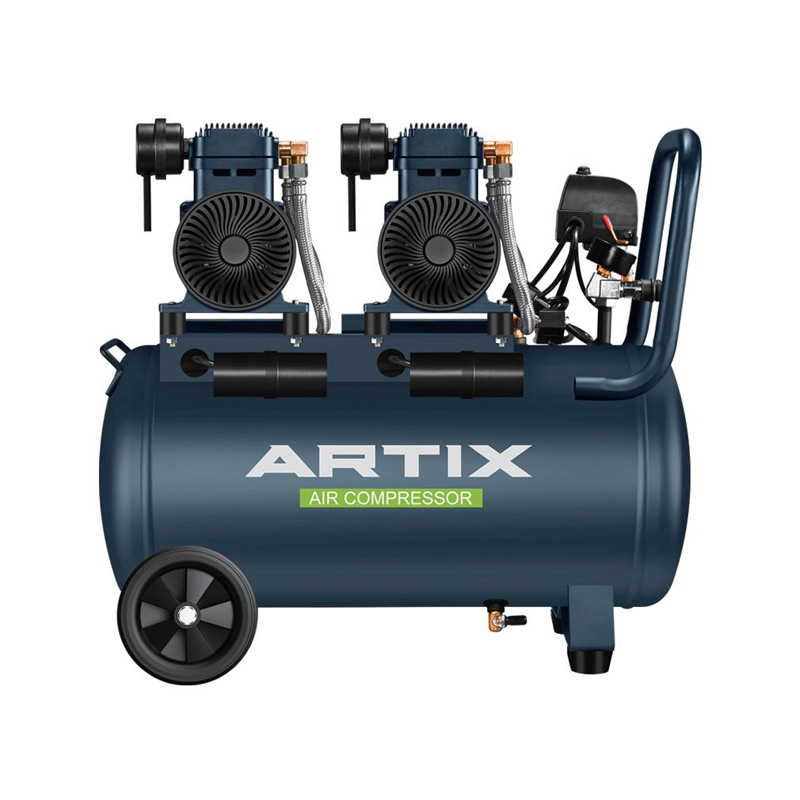Industrial oil free air compressor solutions are gaining significant traction in electronic manufacturing. From semiconductor fabs to PCB assembly lines, electronic product makers increasingly rely on oil‑free systems to ensure air purity meets strict quality thresholds. Direct driven air compressors also play a key role, offering compact, efficient performance that integrates well into clean‐room environments.
1. Why Electronics Manufacturers Prefer Oil‑Free Systems
Now that you know that industrial oil free air compressors are a foundation of ultra-clean compressed air, let’s delve into specific electronics needs:
Contamination-free environment: Even minute oil traces can ruin semiconductors or delicate surface finishes.
ISO Class 0 air purity compliance: Oil‑free models deliver certified Class 0 air, ensuring no oil aerosol, vapor, or liquid enters the manufacturing line.
Regulatory and warranty requirements: Many electronics OEMs mandate oil‑free air to prevent product rejection or costly defects.
Here we are going to look at the benefits and advantages of combining oil‑free compression with direct drive design.

2. Advantages of Direct Driven Air Compressors in Clean Settings
Direct driven air compressors bring several advantages within clean manufacturing:
Simple structure, fewer parts – this reduces potential failure points and makes hygiene easier.
Energy efficiency – with no belt losses, less power is wasted from motor to pump, delivering lower operating cost over time.
Compact footprint – direct-driven units are often smaller with integrated motors, ideal for space-limited clean rooms.
Lower downtime – fewer components needing adjustment result in higher reliability and uptime.
3. Deep Dive: Technical Benefits at a Glance
Air Purity and Quality Control
To learn more about why oil‑free compressors outperform others in purity, consider:
Teflon‐coated rotors or water-injected screw stages that eliminate lubrication in compression volumes.
No downstream filter saturation—without oil carry‑over, filters last longer and pressure drop is minimized.
Energy and Maintenance Savings
Lower friction losses due to direct coupling reduce power consumption compared to belt systems.
Maintenance tasks minimized—no belt tension checks or pulley replacements, fewer parts wear out.
More predictable service intervals, fewer unexpected failures, and easier scheduling.
4. Real‑World Use Cases in Electronics Manufacturing
Here are common ways the combination of oil‑free and direct drive compressors delivers value:
Semiconductor fabrication plants – require Class 0 compressed air in photo‐resist and lithography zones.
Surface mount technology (SMT) lines – any air-driven equipment must avoid oil-based contamination to protect sensitive solder joints.
Cleanroom spray booths – compressed air used in coating must not introduce oil or particles.
Quality inspection chambers – air used for purging or pressure testing must remain oil-free to avoid false rejects.
5. Choosing the Right System: Key Considerations
To assist facility engineers, this checklist helps guide choice:
| Factor | Why It Matters |
|---|---|
| Air purity standard | Oil‑free Class 0 needed for contamination-sensitive zones |
| Duty cycle | Direct-driven compressors suit continuous operation with low downtime |
| Space constraints | Integrated direct-drive units save floor space |
| Energy goals | Lower energy footprint via reduced transmission loss |
| Maintenance capacity | Simplified servicing avoids belt and gear maintenance |
The rising demand for oil‑free air compressors in electronic manufacturing signals a shift toward safer, cleaner, and more reliable compressed air infrastructure. Combined with direct-driven air compressors, these systems deliver measurable benefits in purity, efficiency, and maintenance cost. Now that you’re aware of how oil-free and direct drive technologies impact electronics production, you can make smarter, more confident decisions for your operations.
If you’d like support on system selection, compliance details, or performance validation, just let us know.





